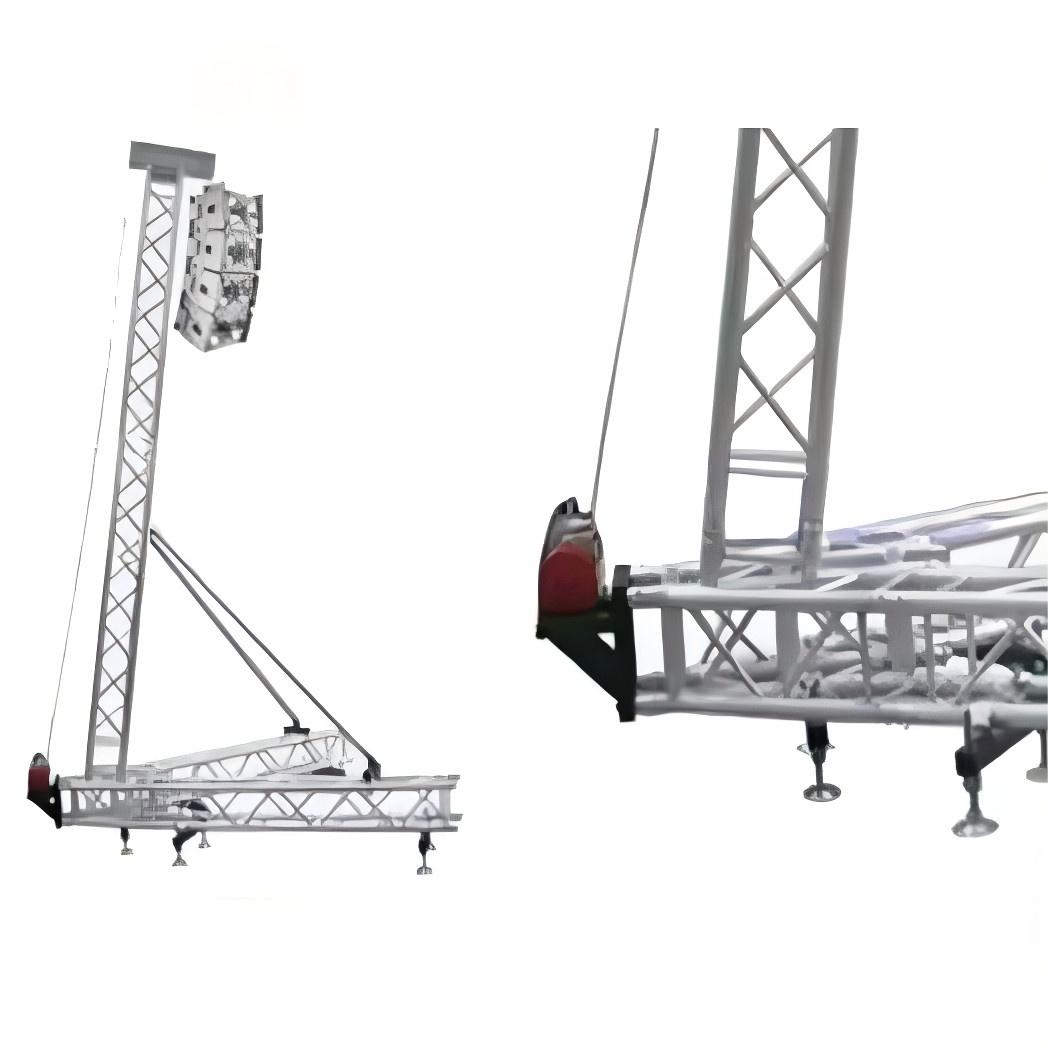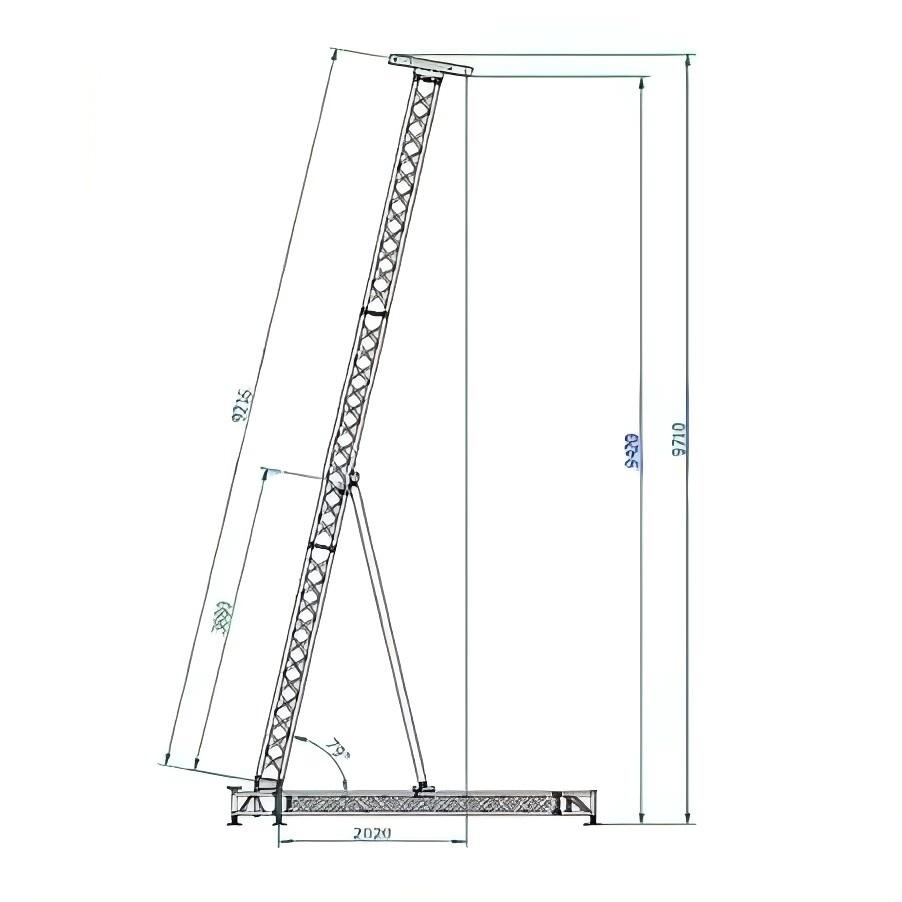What Are You Looking For?
the aluminum portable line array speaker truss lift stand tower represents a significant advancement in professional audio technology. Its integration of line array speakers, a robust aluminum truss, and a motorized lift mechanism provides a powerful combination of portability, flexibility, and improved audio performance. While the initial investment and specialized training requirements are considerations, the long-term benefits in terms of efficiency, sound quality, and safety justify its adoption in demanding professional audio applications. As technology continues to advance, further refinements and innovations can be anticipated, solidifying the position of this system as a cornerstone of modern sound reinforcement.
The modern landscape of professional audio demands increasingly sophisticated solutions for sound reinforcement. No longer are simple speaker stands sufficient for large-scale events or demanding venues. The emergence of the aluminum portable line array speaker truss lift stand tower represents a significant advancement, converging several crucial technological elements to deliver unparalleled flexibility, efficiency, and audio performance.
The core of the system lies in the integration of three distinct yet interdependent components: the line array speaker system itself, a robust aluminum truss structure, and a motorized lift mechanism. Line arrays, characterized by their vertical arrangement of multiple, closely spaced speakers, provide superior sound dispersion and coverage compared to traditional point-source speakers. This directional control is particularly beneficial in large spaces, minimizing sound bleed and ensuring consistent audio quality across the listening area. The use of lightweight yet strong aluminum in the truss structure is critical. Aluminum offers an excellent strength-to-weight ratio, enabling the construction of tall, stable towers capable of supporting the substantial weight of a line array without compromising portability. The modular design of the truss typically allows for customization, enabling adjustments to accommodate various speaker configurations and venue requirements.

The motorized lift mechanism is the key to the system's versatility. Instead of relying on manual adjustments and potentially risky ladder climbs, the lift enables precise vertical positioning of the line array. This is crucial for optimizing sound coverage and achieving the desired sound dispersion pattern. Remote control capabilities allow technicians to fine-tune the array's height and angle from a safe distance, even during a performance. The integration of safety features such as emergency stops and overload protection mechanisms is paramount, ensuring both the safety of personnel and the integrity of the equipment. Furthermore, the motorized lift frequently incorporates intelligent features such as pre-programmed height settings and automated deployment sequences, significantly reducing setup time and minimizing potential errors.
The portability of the entire system is a defining characteristic. The lightweight aluminum construction, combined with a cleverly designed folding or collapsing mechanism for both the truss and the lift, allows for efficient transportation and storage. This feature is especially valuable for touring professionals and rental companies, where quick setup and teardown are essential for maximizing productivity and minimizing downtime. The ease of transport and assembly minimizes the labor costs associated with rigging and significantly reduces the logistical challenges often faced in setting up large-scale sound systems.

Beyond the logistical advantages, the aluminum portable line array speaker truss lift stand tower contributes significantly to improved audio quality. The precise vertical positioning afforded by the motorized lift allows for optimal adjustment of the array's dispersion pattern, maximizing sound coverage and minimizing unwanted reflections or cancellations. This results in a more even and consistent sound field throughout the venue, providing a superior listening experience for the audience. The system's stability, ensured by the robust truss structure, minimizes unwanted vibrations and resonance, further enhancing audio clarity and fidelity.
However, the system is not without potential drawbacks. The initial investment cost is significantly higher than traditional speaker stands or simpler rigging systems. Furthermore, the complexity of the system necessitates specialized training and expertise for proper operation and maintenance. Potential issues such as power outages or mechanical malfunctions require contingency planning and backup systems. Finally, the overall size and weight, even with its portability features, still demand careful consideration regarding transportation and logistical planning.